
The history you learned in school might not be as accurate as you think, especially when it comes to US history. For example, Christopher Columbus, often credited with discovering America, never actually landed on North American shores. Furthermore, the Declaration of Independence didn't get signed on July 4th, as many widely believe.
Recent revelations from historians and experts have started to unravel the true stories behind some of America's pivotal historical moments. Dive into this article to discover the truth behind some of the myths you may have believed about US history.
Related: Debunking 12 Myths About the Middle Ages
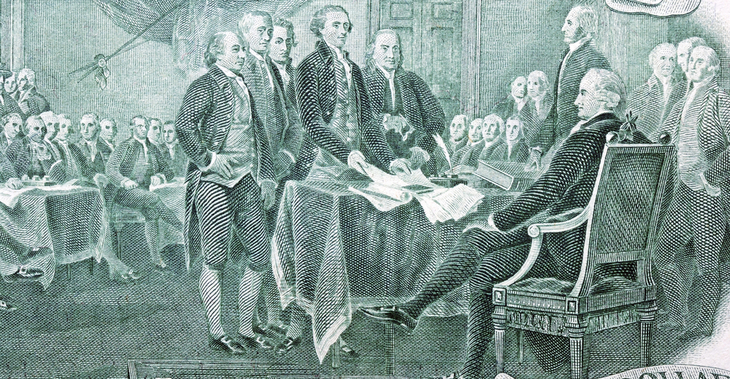
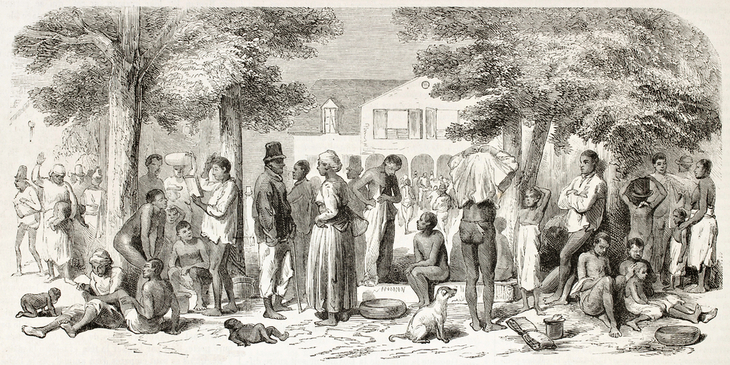
By the close of the 17th century, slavery had taken root in all 13 British colonies, which later evolved into U.S. states. Surprisingly, Massachusetts led the way in legalizing slavery, while New York saw its slave population grow to nearly 1,600 people by 1720.
The chains of slavery weren't lifted in New York until 1827, with historians noting that slaves comprised at least 50% of the labor force responsible for building and sustaining the city, and constituted 20% of its total inhabitants. Up until the eve of the Civil War, slavery continued to have an influence in New York, fueled by travelers from the slave-holding South.
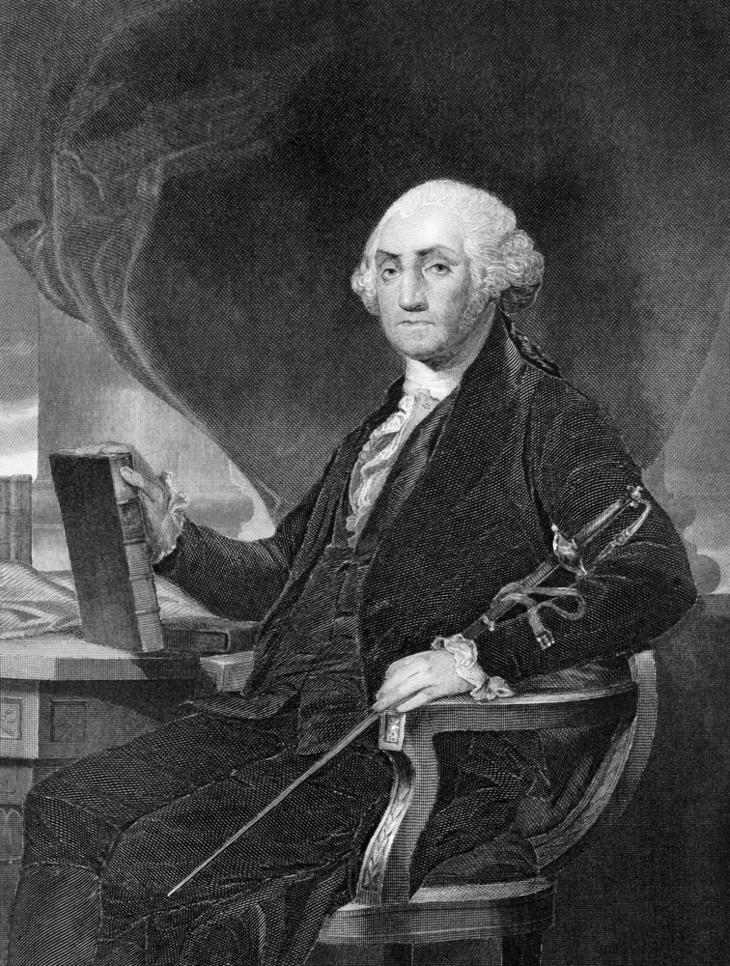
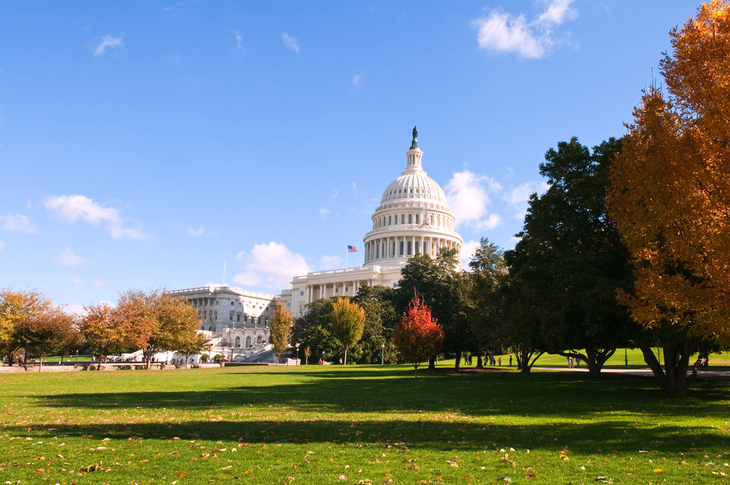
While it is common knowledge that Washington, D.C., is the United States' capital, many may be surprised to learn that it's actually the nation's ninth capital city. Philadelphia was the first capital, where the Continental Congress convened in 1774 and signed the Declaration of Independence two years later. Throughout the Revolutionary War, the capital moved several times—from Philadelphia to Baltimore and even Lancaster, Pennsylvania—as Congress strove to keep ahead of the British Army.
George Washington took the oath of office as the first president of the United States in New York City in 1789, hence, Federal Hall in the Big Apple briefly served as the first capital of the United States (under the US Constitution) from 1789 to 1790. Philadelphia became the capital again until the District of Columbia could be completed.
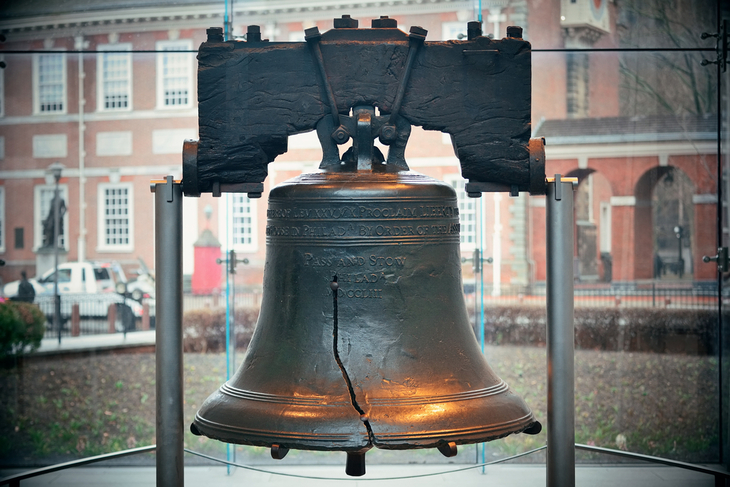
Misconceptions about the Liberty Bell have persisted over time. To begin with, during the American Revolution, it was known as the State House Bell, as it was located in Pennsylvania's State House. It wasn't until the 1800s, when abolitionists embraced its significance, that it received the nickname "Liberty Bell."
Secondly, the popular assumption that the bell cracked on July 4, 1776, is incorrect. In fact, it most likely remained silent on that historic occasion because of pre-existing cracks dating back to 1752. The bell's constant need for repair during its time in the State House resulted in the visible crack we see today, which likely occurred in the 1840s.
Related: These History Facts Sound Unlikely But They’re Accurate!
